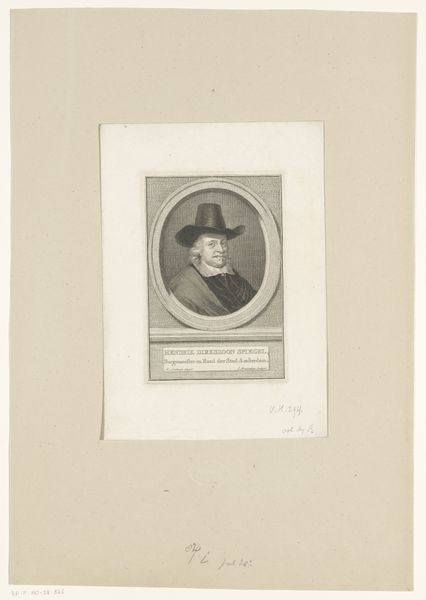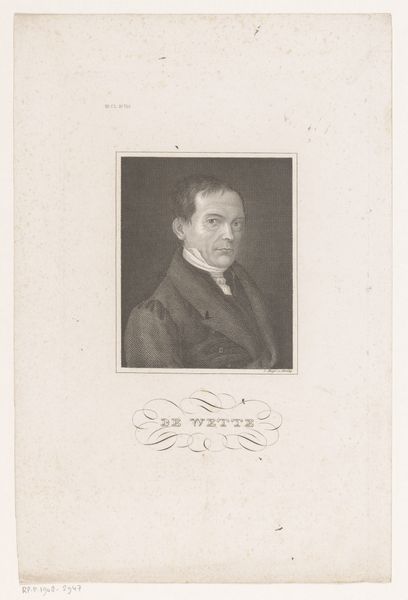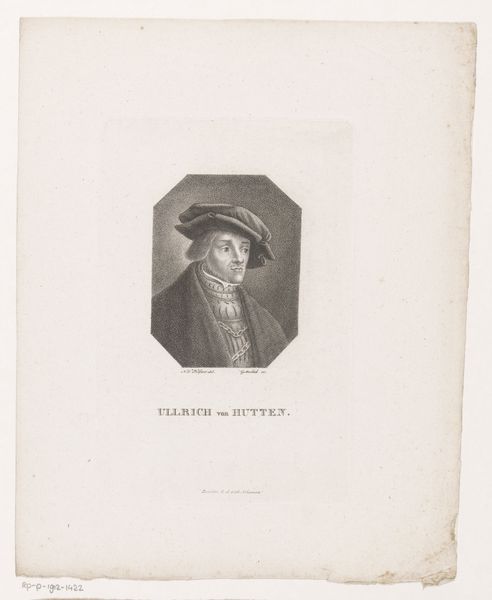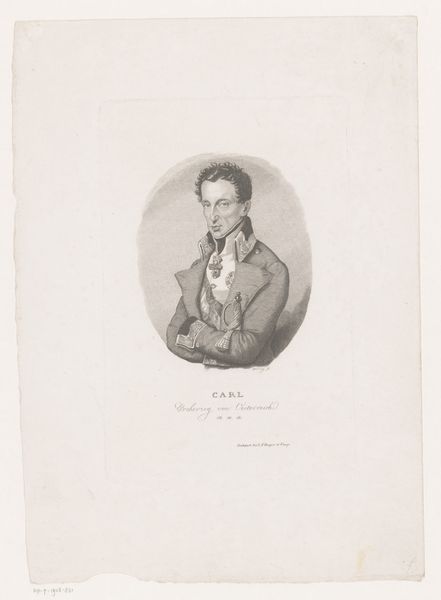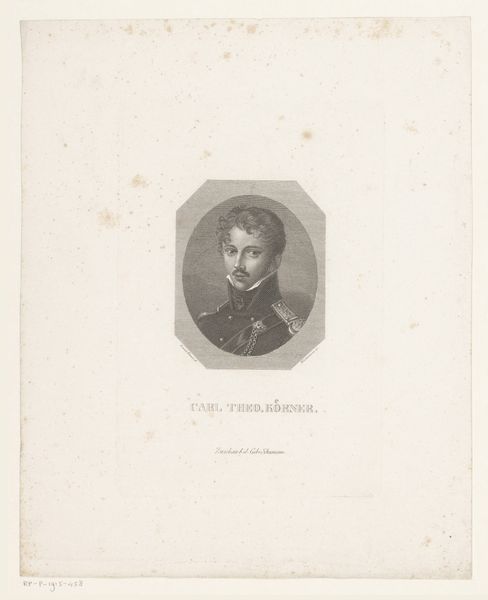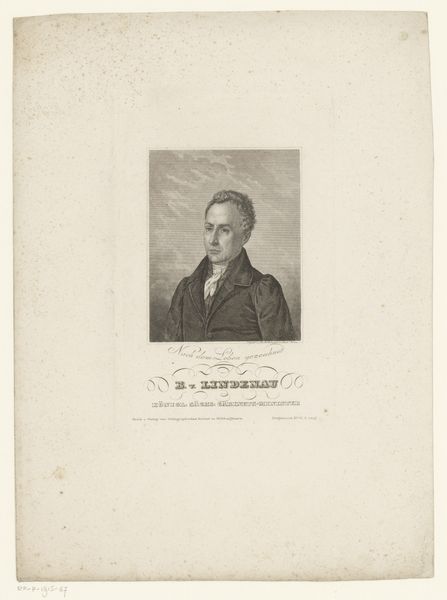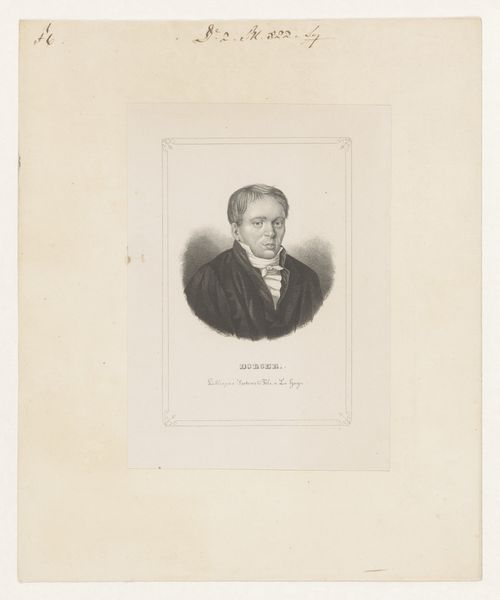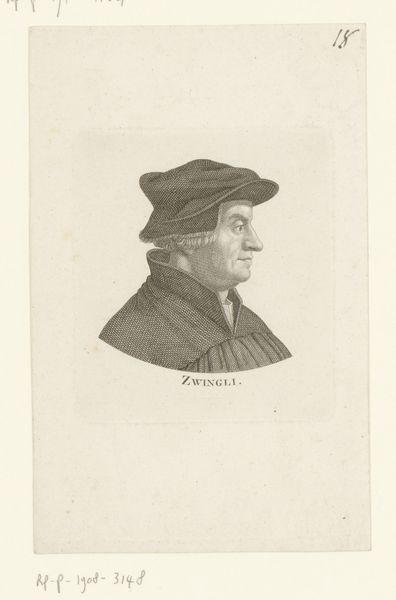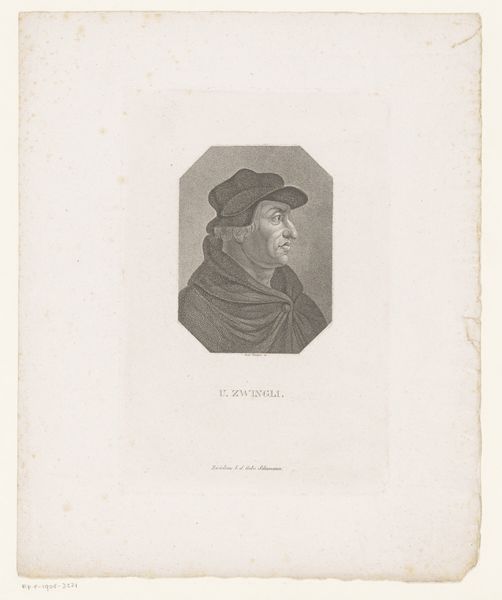
print, paper, engraving
#
portrait
#
pencil drawn
# print
#
old engraving style
#
paper
#
romanticism
#
engraving
Dimensions: height 208 mm, width 142 mm
Copyright: Rijks Museum: Open Domain
Editor: We're looking at an engraving from 1830, "Portret van Friedich Tiedemann," attributed to Friedrich Rossmässler. It’s a portrait, very finely detailed on paper. There’s an introspective quality to it, wouldn't you agree? How do you interpret this work? Curator: Absolutely. The fine lines and tonal gradations speak to the meticulous craftsmanship of the era. Look at the subject’s beret, for instance, or the almost photographic rendering of his face: these details evoke a sense of the individual. But beyond mere likeness, it also presents Tiedemann as an intellectual of his time. What visual cues tell us that? Editor: Well, his clothing is formal, maybe indicating status? And his gaze is quite direct, thoughtful even, which perhaps implies intelligence. Curator: Precisely. The direct gaze connects us to his character, but more interestingly, let’s look beyond what’s represented and towards how it’s rendered. An engraving such as this often served the function of disseminating images of important figures, solidifying their place in cultural memory. In this context, what emotions do the sharp lines and carefully modeled shading bring to the surface for you? Editor: Now that you mention it, there is a certain austerity... almost a reverence. The shading gives the impression of seeing not just his face, but feeling his importance. Curator: And that feeling is precisely the point. These weren't mere portraits but carefully constructed icons intended to shape the viewer’s perception, embedding these figures into a shared cultural understanding. I wonder if that continues to this day? Editor: That's fascinating; I never considered the symbolic weight of disseminating images this way. Curator: Me neither, until just now! Each image contains symbols whose importance evolves through history. I'm off to do more digging now!
Comments
No comments
Be the first to comment and join the conversation on the ultimate creative platform.

